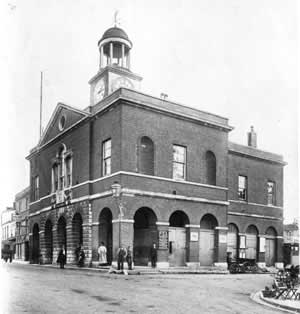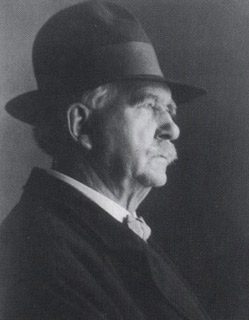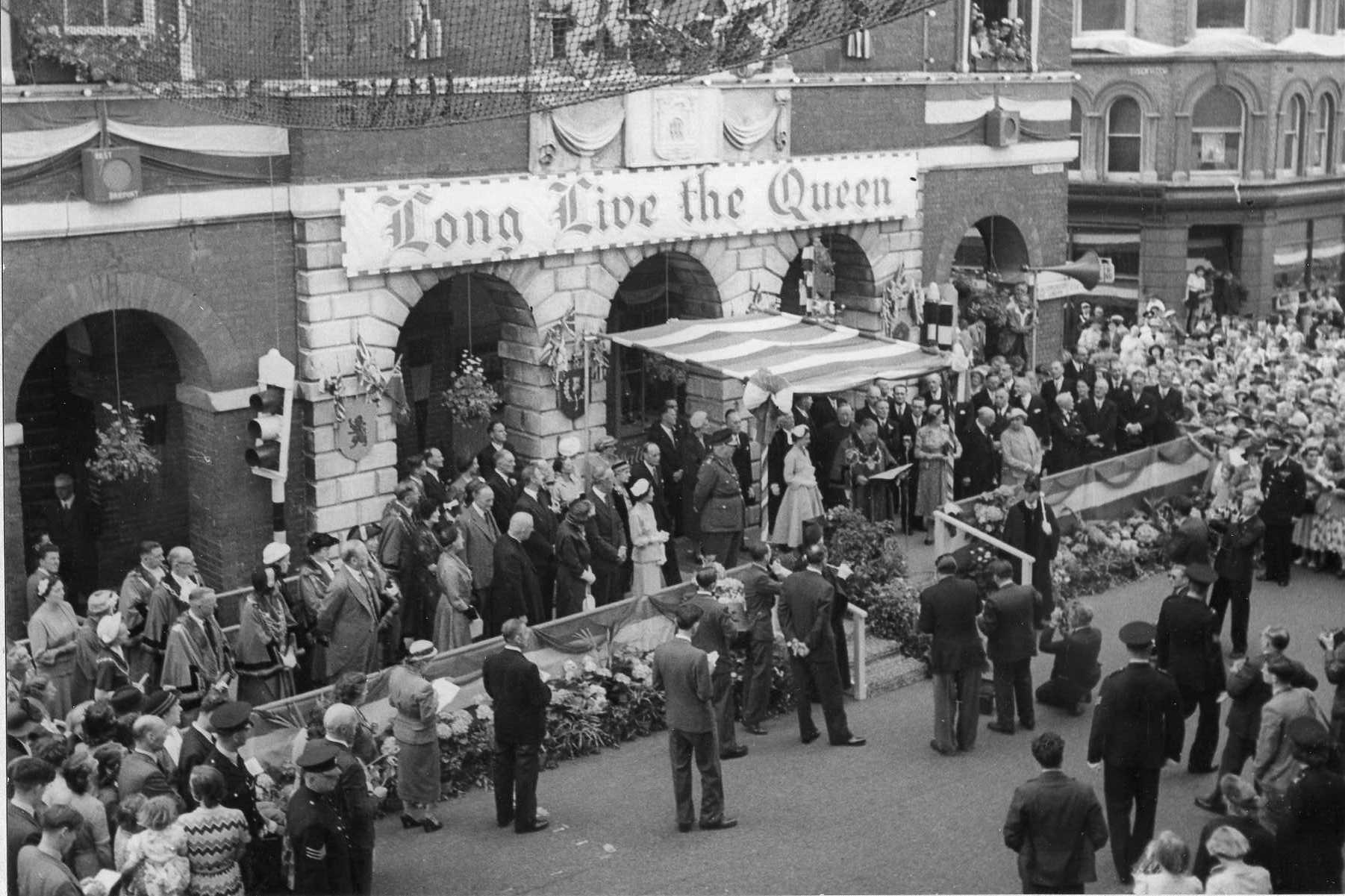The present Town Hall building was built in 1786 at a cost of £2,000. It was built on the site of St Andrew’s Chapel, following a fire in 1782 which gutted the original market house. The architect of the new building was William Tyler RA, who was one of the original 40 members of the Royal Academy. It is built from local bricks and Portland stone. The timber was imported from Riga through Bridport Harbour.
For over 200 years the Town Hall has been the civic centre of Bridport but in addition to hosting Council meetings, the Town Hall has also been used as a magistrates court and has hosted a wide variety of community events. Within living memory local people were quite reluctant to enter the Town Hall. The phrase “going up over Town Hall steps” came to mean an appearance before the Magistrates Court. In the 1970s the Magistrates Court moved to new premises near Mountfield in Bridport. Today the Town Hall building still hosts council meetings and is available for public and private hire.
The Town Hall has always been at the heart of Bridport. In 1914 it was the focus for a march past of local volunteers on their way to war. In 1919 there was a peace parade outside the building of survivors of the Great War and during the Second World War between 1939 – 1943 crowds gathered to sing patriotic songs.

In 1953 Princess Margaret visited the town and spoke outside the Town Hall to commemorate the 700th Anniversary of the granting of the first Royal Charter to the town.
Butchers shops and market stalls have also always been on or around the site of the Town Hall since it was built. The ground floor of the 1786 building was originally a market, housing 37 stalls, predominantly butchers but also included some corn and general trade stalls. It was not until 1946 that the lower market was demolished to make way for a taxi rank.
Surprisingly the open area to the South of the Town Hall only became known as Bucky Doo Square in about 1995.
Francis H. Newbery
The interior of the Town Hall was redecorated in September 1925 under the supervision of Francis H. Newbery, former Director of the Glasgow School of Art and responsible for the international promotion of Charles Rennie Macintosh. Newbery, who grew up in Bridport, painted and presented to the town a series of panels and paintings depicting key elements of our local history.
View a gallery of Newbery’s painting and murals…

